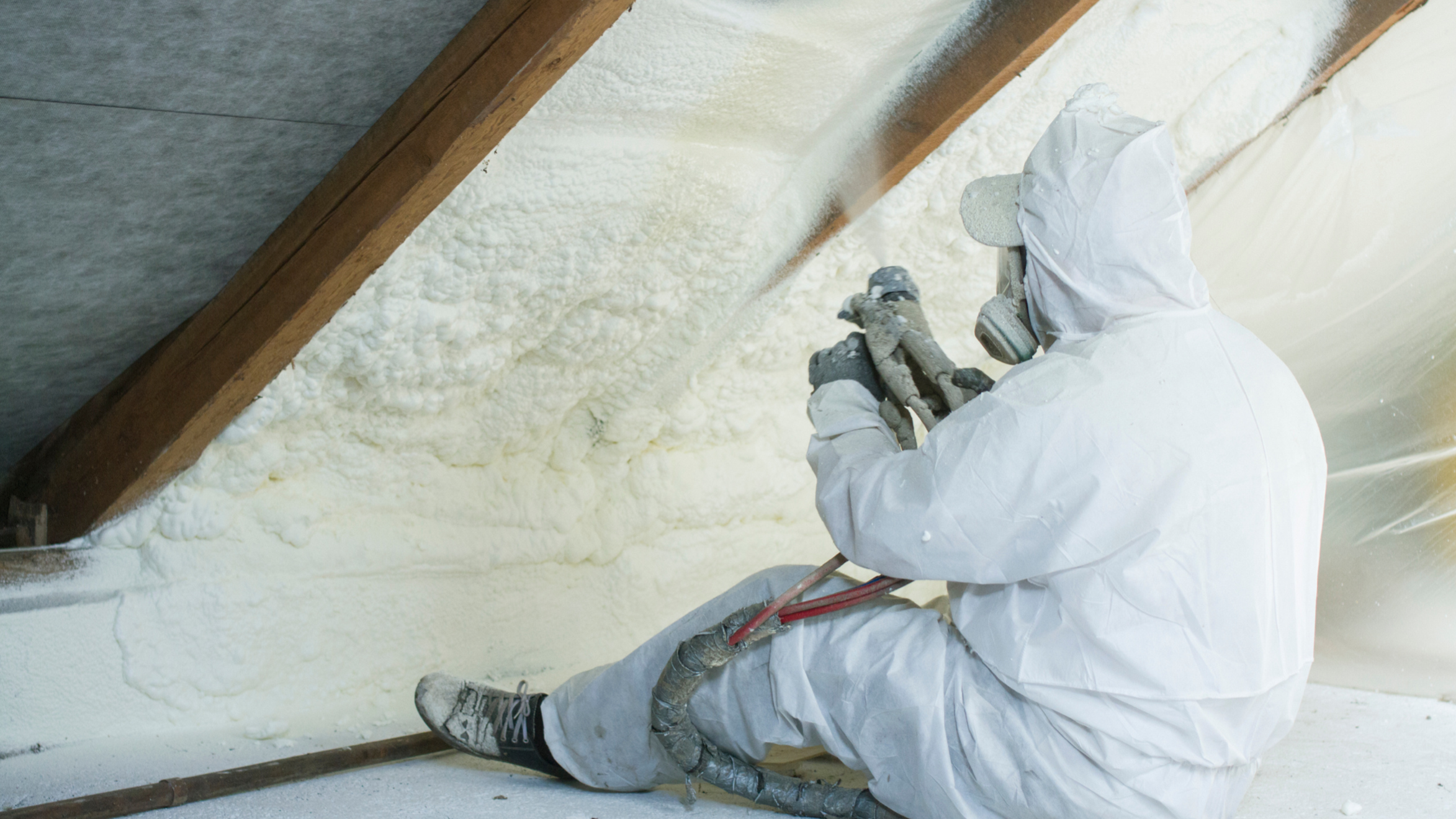In the pursuit of a sustainable future, the construction industry has been fervently exploring innovative technologies to create energy-efficient homes. One remarkable solution that has gained significant attention is spray foam insulation. Going beyond traditional insulation materials, spray foam insulation has redefined efficiency by paving the way for the development of zero-energy homes. Traditional insulation materials, such as fiberglass and cellulose, have been the go-to options for decades. While they do offer a certain level of thermal resistance, they often fall short when it comes to sealing every nook and cranny, leaving room for air leakage and thermal bridging. This results in increased energy consumption as heating and cooling systems struggle to maintain a consistent indoor temperature. Enter spray foam insulation, a cutting-edge alternative that addresses these shortcomings and takes efficiency to new heights. At its core, spray foam insulation is a mixture of two components, isocyanate and polyol resin, which are combined on-site using specialized equipment.

This comprehensive coverage not only offers outstanding thermal resistance but also effectively seals the building envelope, preventing air infiltration and heat transfer. The result is a tightly insulated space that significantly reduces the need for mechanical heating and cooling, even in the harshest climates. One of the most compelling advantages of spray foam insulation is its remarkable R-value, a metric used to measure the effectiveness of insulation materials. Spray foam boasts one of the highest R-values per inch among insulation options, meaning that a relatively thin layer can provide the same level of thermal resistance as thicker alternatives. This property is crucial for architects and builders working to maximize usable interior space while still achieving optimal energy efficiency and visit site. A zero-energy home is designed to generate as much energy as it consumes over a given period, typically a year. By integrating spray foam insulation into the construction process, homes can drastically reduce their reliance on external energy sources. The air-sealing capabilities of spray foam contribute to the overall tightness of the building envelope, which, when combined with other energy-saving technologies like solar panels, high-efficiency appliances, and LED lighting, culminate in a self-sustaining living space.
Beyond its remarkable thermal performance, spray foam insulation also enhances indoor air quality and reduces moisture infiltration. The airtight seal it creates prevents the entry of allergens, pollutants, and outdoor contaminants, fostering a healthier living environment. Additionally, the insulation’s moisture-resistant properties discourage mold growth and dampness, further ensuring the longevity of the building structure. However, it is worth noting that the installation of spray foam insulation requires expertise to ensure proper mixing and application, and its components can be hazardous if not handled correctly. Therefore, it is crucial to engage certified professionals to carry out the installation process. Its exceptional thermal performance, airtight seal, and compatibility with other sustainable technologies make it a vital component in achieving energy-efficient and environmentally conscious living spaces. As the world embraces the imperative of reducing energy consumption and greenhouse gas emissions, spray foam insulation stands as a beacon of innovation, redefining the way we approach building design and sustainability.



